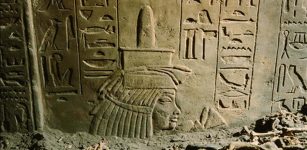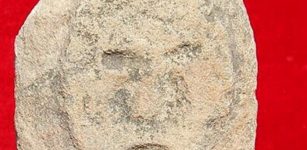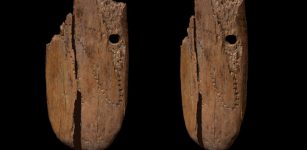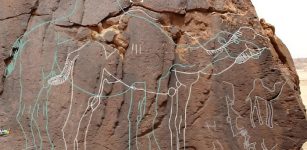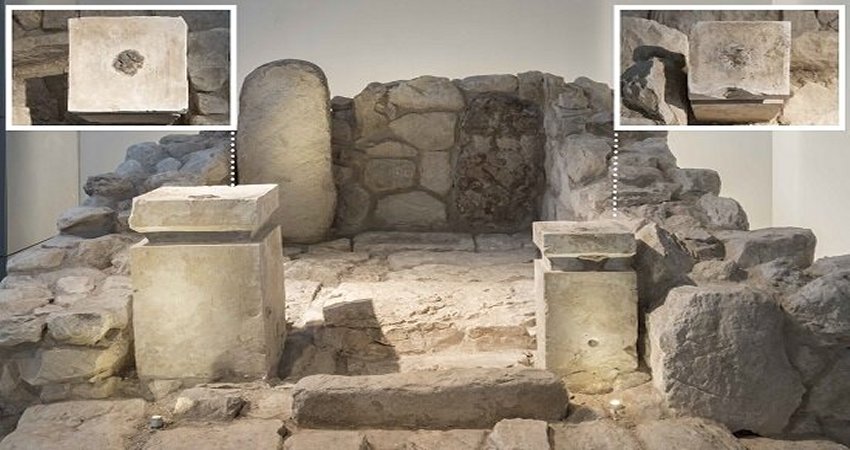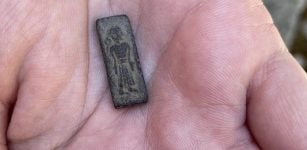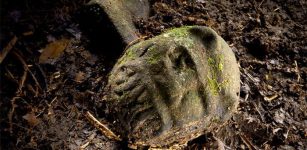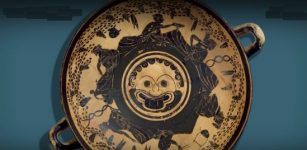Famous Ancient Kiman Faris In New Light: Renovation Completed At Ancient Greco-Roman City
MessageToEagle.com – The conservation project of the ancient Greco-Roman city of Kiman Faris has been completed, Antiquities Minister Mamdouh al Damaty announced in a statement Saturday.
Ancient Egyptian and Greco-Roman statues and other architectural details found at the site have been under restoration by ARCHiNOS Architecture since 2012, said Damaty.
The architects also was responsible for the presentation of the artifacts that came to the site from rescue excavations in preparation for turning it to an open-air museum, he added.
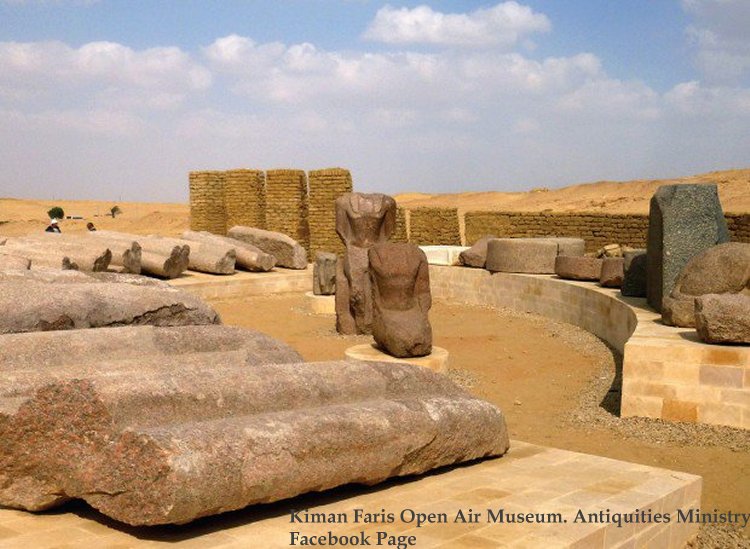
The display scheme of the artifacts is managed by the American, Dutch, New Zealand team excavating and conserving the site, according to Damaty.
See also:
Sobek – Enigmatic Crocodile God Of Ancient Egypt
“Kiman Faris was one of the largest Greco-Roman cities in the Fayoum. It was established by the Greek king Ptolemy II Philadelphus (285 B.C. – 246 B.C.) and was originally inhabited by the mercenaries of his army.
The site was a religious center for the worship of God Sobek; the crocodile God.
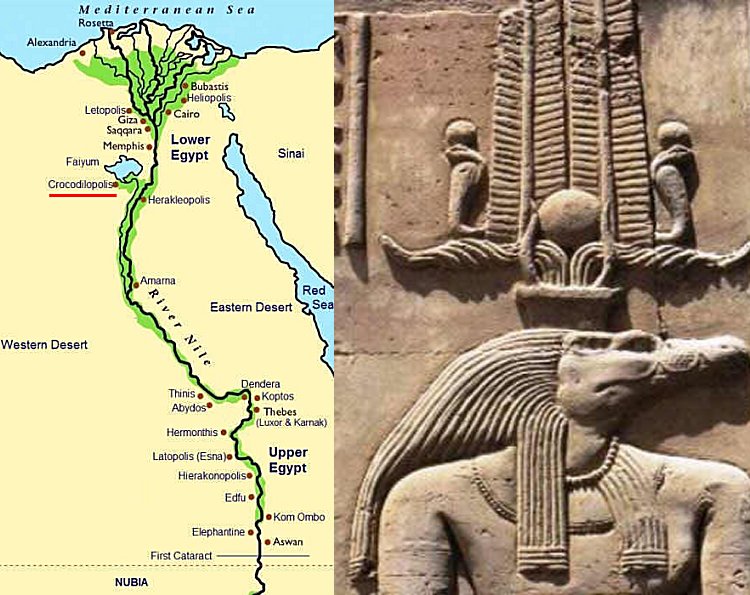
The Kiman Faris Open Air Museum displays rare pieces from ancient Fayyum, a city which existed and thrived during the Middle and New Kingdoms, including under Amenemhat III about 3,850 years ago, and later under Ramses II.
According to an ancient legend recorded by Diodorus (90 BC – 30 BC), King Menes (the semi mythical uniter of Upper and Lower Egypt) was once on a hunting expedition in the Fayoum. His own dogs attacked him near the lake, but his life was saved by a crocodile, which carried him across the water to safety.
![a pharaoh of the Twelfth Dynasty of Egypt. He ruled from c.1860 BCE to c.1814 BCE, the highest known date being found in a papyrus dated to Regnal Year 46, I Akhet 22 of his rule.[2] His reign is regarded as the golden age of the Middle Kingdom.[3] He may have had a long coregency (of 20 years) with his father, Senusret III.](https://www.messagetoeagle.com/wp-content/uploads/2015/10/kimanfaris2pyramid.jpg)
Kiman Faris became the cult center of the crocodile – god Sobek. Sobek remained chief deity of the Fayoum throughout dynastic and Greek times and even into the Roman era.
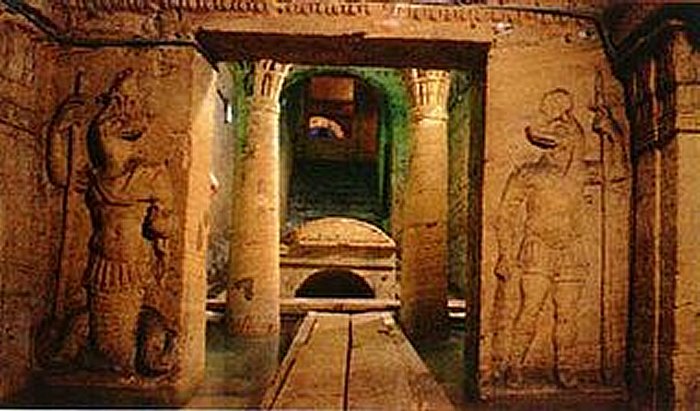
All temples were dedicated or at least co-dedicated, to one of his aspects.
A sacred crocodile kept at the main temple at Crocodilopolis was seen and described by both Herodotus and Strabo.
In ancient times, “the population of the prosperous city was estimated at 2,800 people,” archaeologist Fathy Khourshid told The Cairo Post Sunday.
“The exhibited pieces are among the few physical remnants of this once prominently important city and its grand temple.
The work was done as part of the URU Fayoum Project (University of California, Rijksuniversiteit Groningen and University of Auckland) under the supervision of the Egyptian Ministry of State for Antiquities. It is funded by the United States Ambassadors Fund for Cultural Preservation,” ARCHiNOS said in its webpage.
MessageToEagle.com
R. Neil Hewison, The Fayoum History

